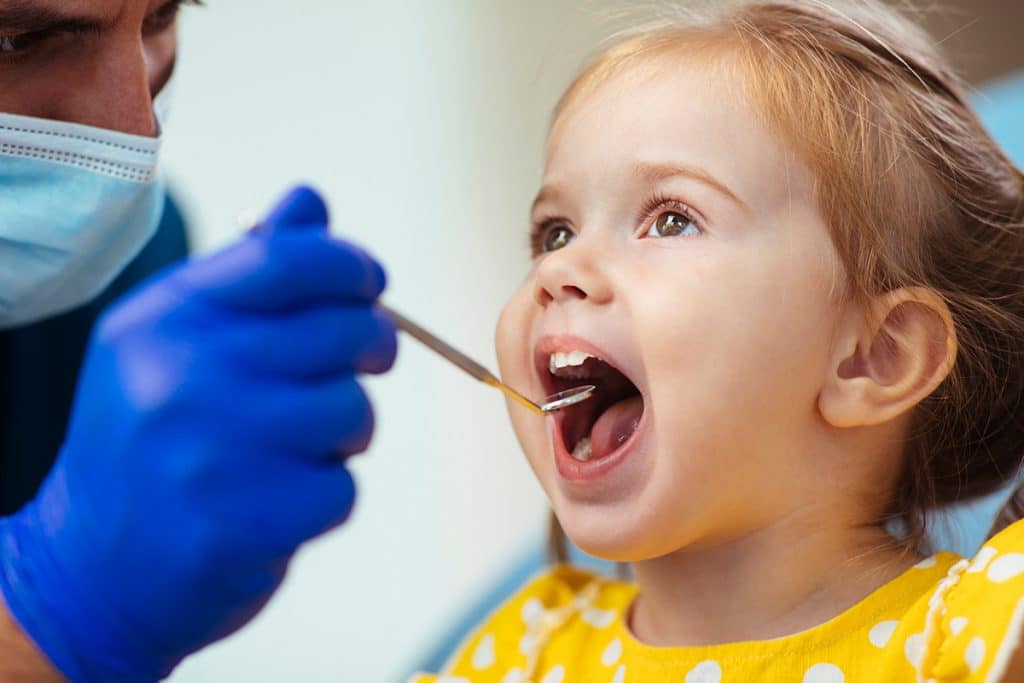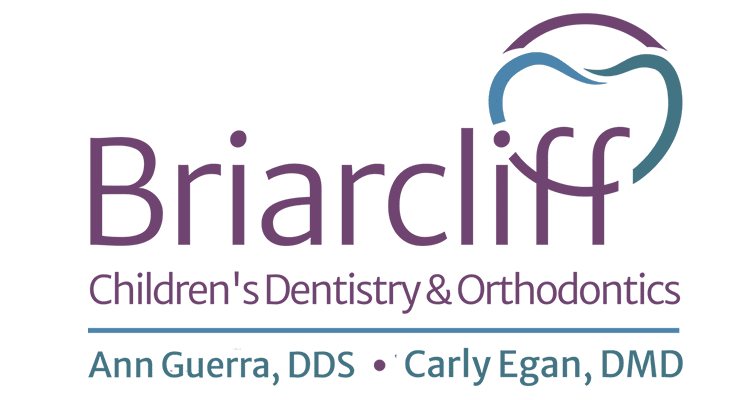How to Spot the Early Signs of Dental Issues in Toddlers

Healthy teeth are instrumental in your toddler’s growth, helping with chewing, speech development, and laying the foundation for their adult smiles. Early detection of dental issues can prevent discomfort, complications, and costly treatments later. Understanding the warning signs of dental problems allows parents to take the right steps toward protecting their little one’s oral health.
This guide will equip parents with the knowledge to identify potential dental concerns in toddlers, understand their implications, and seek appropriate care when needed.
Why Early Detection Matters
Your toddler’s teeth play a significant role in their overall health. The baby teeth, or primary teeth, hold space for permanent teeth and guide their development. Dental issues that go unchecked at this stage can result in alignment problems, decay, or even infection, impacting both short- and long-term oral health.
Fortunately, by spotting early signs of dental problems, you can address these issues promptly. Many concerns are preventable, and with proper care, your child can enjoy a happy, healthy smile.
Common Early Signs of Dental Issues in Toddlers
Knowing what to look for is the first step in catching dental problems early. Here are the most common warning signs parents should watch out for:
1. White or Brown Spots on Teeth
One of the earliest signs of tooth decay is the appearance of white or brown spots on the enamel. The white spots often indicate areas where the enamel is starting to weaken, while brown spots suggest the decay has progressed further. Catching decay in this early stage can prevent the need for more invasive treatments.
2. Tooth Sensitivity or Pain
If your toddler starts avoiding certain foods or expresses discomfort while eating, they may be experiencing tooth sensitivity or pain. While they may not verbalize their feelings clearly, changes in their eating habits can signal a dental issue.
3. Bleeding or Swollen Gums
Healthy gums should appear pink and firm. If you notice bleeding, swelling, or redness, it may indicate gum inflammation, also known as gingivitis. Gingivitis is often a result of plaque buildup and may lead to more severe gum problems if left untreated.
4. Bad Breath
Persistent bad breath could be more than just a dietary issue. It might indicate decay, gum problems, or an infection in the mouth. Regular brushing should alleviate bad breath; if it doesn’t, consult a dentist.
5. Teeth Grinding (Bruxism)
Many toddlers grind their teeth, especially during sleep. While it’s common, excessive grinding can wear down the enamel and cause sensitivity or jaw problems. Pay attention to this behavior and mention it during your next dental visit.
6. Unusual Tooth Growth and Positioning
Monitor how your toddler’s teeth are growing. Crowding, gaps, or misaligned teeth can result from a variety of factors, including early tooth loss. Early intervention can help guide proper alignment and avoid orthodontic issues.
7. Mouth or Facial Swelling
Swelling in the mouth or cheeks can signal an abscess, which is a serious infection that needs immediate dental attention. Don’t ignore any changes in your child’s facial structure or expressions.
What Causes Dental Issues in Toddlers?
Understanding the root causes of dental problems can help parents take preventive measures. Some common contributors to toddler dental issues include:
- Poor Oral Hygiene: Toddlers rely on adults to help with brushing and flossing. If proper care is not maintained, plaque and bacteria can accumulate, leading to decay and gum issues.
- Sugary or Sticky Foods: A diet high in sugar and starch provides food for bacteria, increasing the risk of cavities.
- Prolonged Bottle-Feeding or Pacifier Use: Extended use of bottles containing milk or sugary drinks, especially before bed, can result in a condition called baby bottle tooth decay.
- Thumb Sucking: While common in early childhood, thumb-sucking can affect teeth alignment if it continues beyond the toddler years.
Preventive Steps for Parents
You can protect your toddler’s smile by incorporating simple habits into their routine. Here are some preventive steps:
1. Start Dental Care Early
Begin oral care even before your baby’s teeth erupt by gently cleaning their gums with a soft, damp cloth. Once the first tooth appears, use a child-sized toothbrush and a smear of fluoride toothpaste to brush twice daily.
2. Visit the Dentist Regularly
The American Academy of Pediatric Dentistry (AAPD) recommends scheduling your child’s first dental visit by their first birthday or when their first tooth erupts. Regular checkups ensure potential problems are spotted and treated early. Learn more about the importance of routine checkups and early dental care to support your toddler’s oral health.
3. Limit Sugary Foods and Drinks
Offer healthy snacks like fruits, vegetables, and dairy, while limiting sugary treats and beverages. Encourage your toddler to drink water, especially after meals, to rinse their mouth and reduce bacteria.
4. Practice Proper Brushing Techniques
Teach your child how to brush properly, guiding them until they can brush on their own. Ensure they use a soft-bristled toothbrush and that all surfaces of their teeth are cleaned.
5. Fluoride Protection
Fluoride helps strengthen tooth enamel and prevent decay. Check if your local water supply contains fluoride, and talk to your dentist about fluoride treatments or supplements if necessary.
6. Monitor Habits Like Thumb Sucking
If thumb-sucking or pacifier use persists past the recommended age, gently encourage your child to stop. Positive reinforcement and distraction can be effective strategies.
When to Call the Dentist
It’s always better to be proactive when it comes to your child’s health. If you notice any of the following signs, consider reaching out to your pediatric dentist promptly:
- Persistent pain or sensitivity in a tooth
- Visible damage, such as cracks or chips
- Swelling near the mouth or within the cheeks
- Bleeding that does not improve
- Unusual changes in tooth color or enamel texture
Your dentist can assess the situation, provide clarity, and recommend the best course of action to restore your toddler’s oral health.
Building Healthy Oral Hygiene Habits
A lifetime of healthy smiles starts with good habits. Transform brushing and flossing into fun, engaging activities by using techniques like:
- Choosing toothbrushes and toothpaste with characters your child loves.
- Incorporating songs or timers to make brushing a game.
- Creating a reward chart cto celebrate consistent oral care.
The goal is to make oral hygiene a part of your child’s daily routine, reducing resistance and fostering positive experiences.
FAQs About Early Dental Care
Q: What are early signs of dental problems in toddlers?
A: Look for symptoms like white or brown spots on teeth, swollen or bleeding gums, persistent bad breath, and discomfort while eating. These can indicate tooth decay or gum issues, and it’s important to consult a pediatric dentist promptly if you notice any of these signs.
Q: How often should toddlers visit the dentist?
A: Toddlers should have their first dental visit by their first birthday, and then continue with checkups every six months. Regular visits help identify issues early and support your child’s comfort and confidence at the dentist.
At Briarcliff Children’s Dentistry & Orthodontics, we are proud to serve the children and families of Briarcliff Manor, Pleasantville, Ossining, and Westchester County with experienced pediatric dental and orthodontic care. If you’d like to learn more about our approach or book an appointment, please contact us online or call us at 914-762-6260. We look forward to supporting your child’s dental health, every step of the way.
